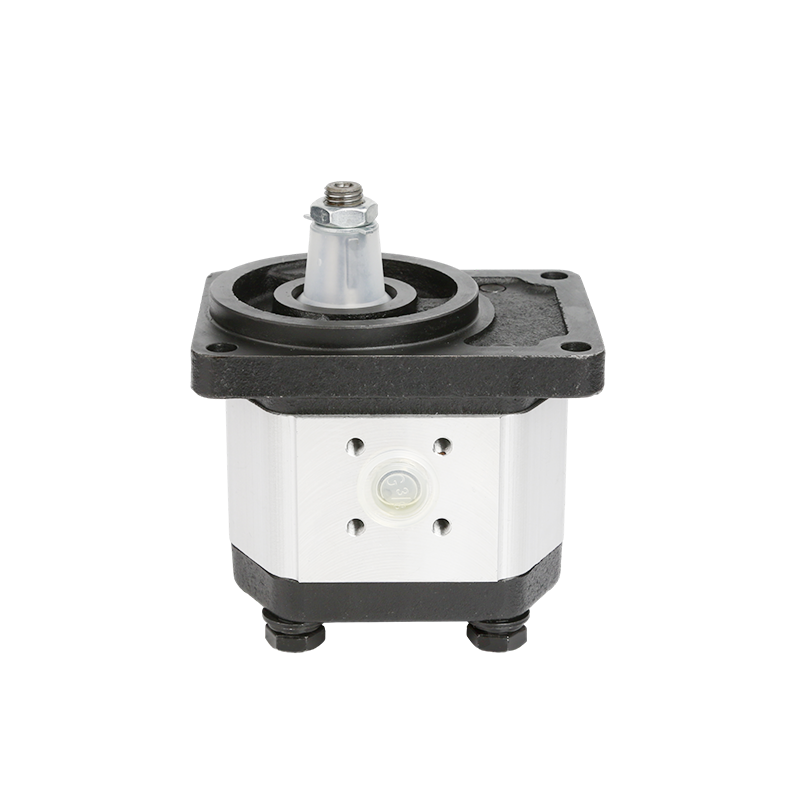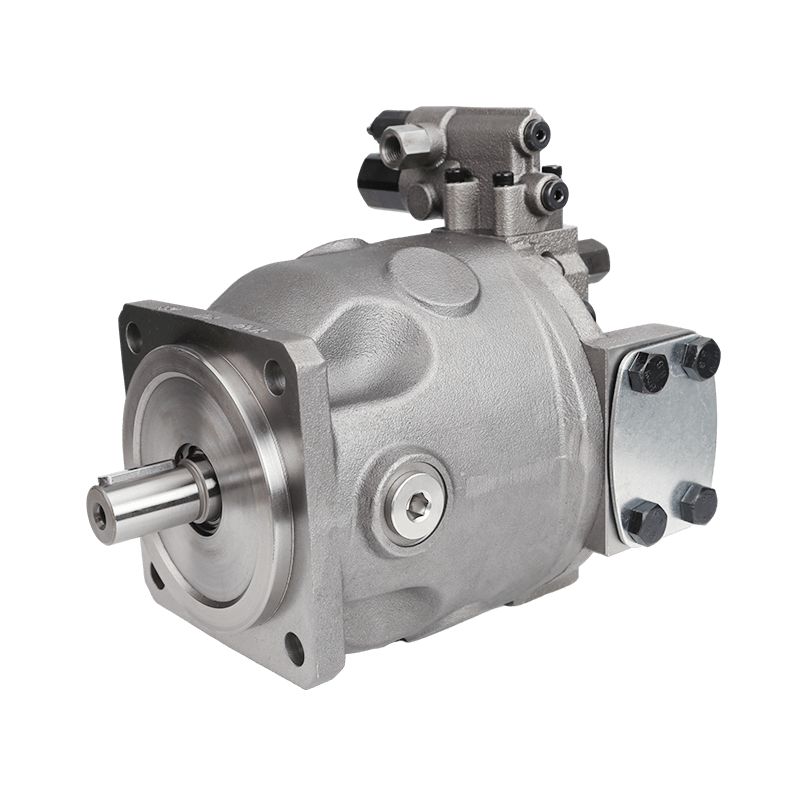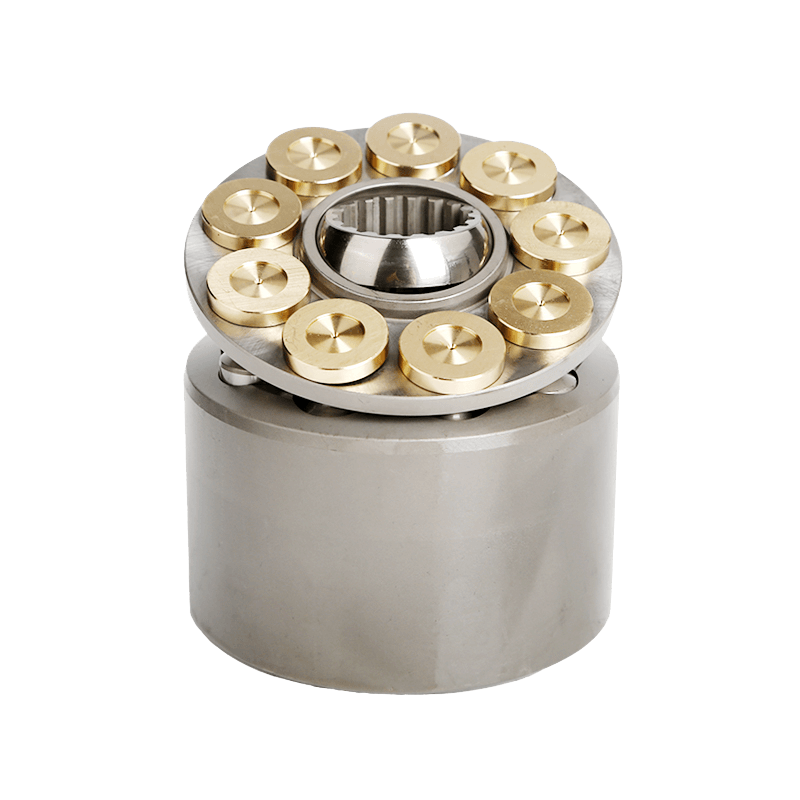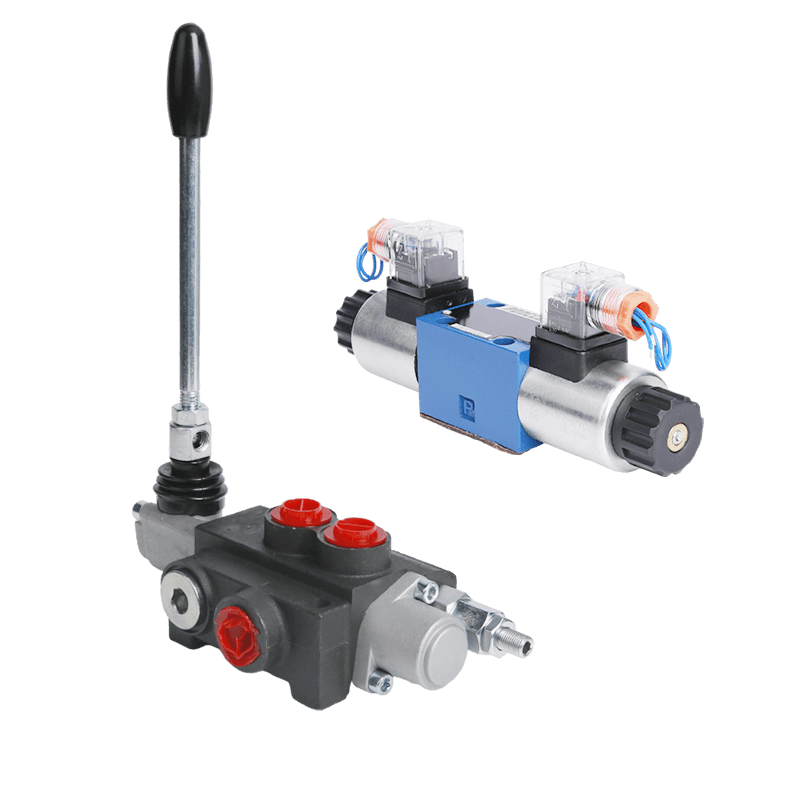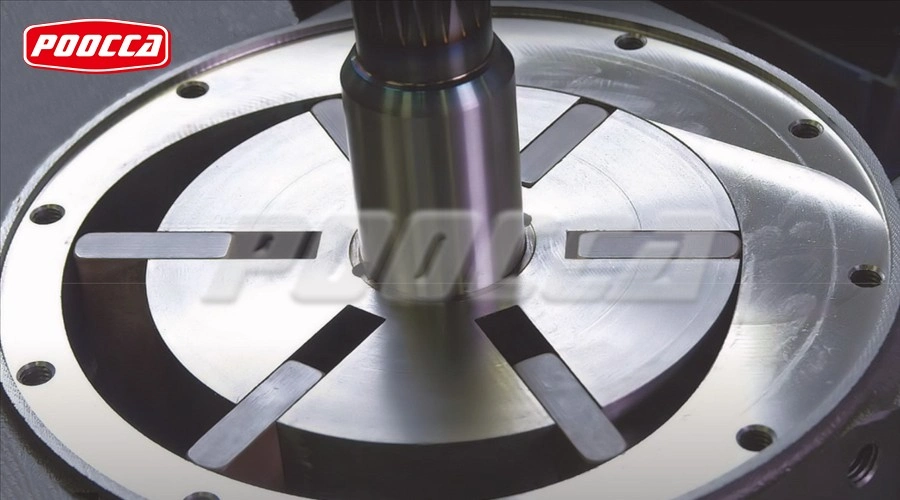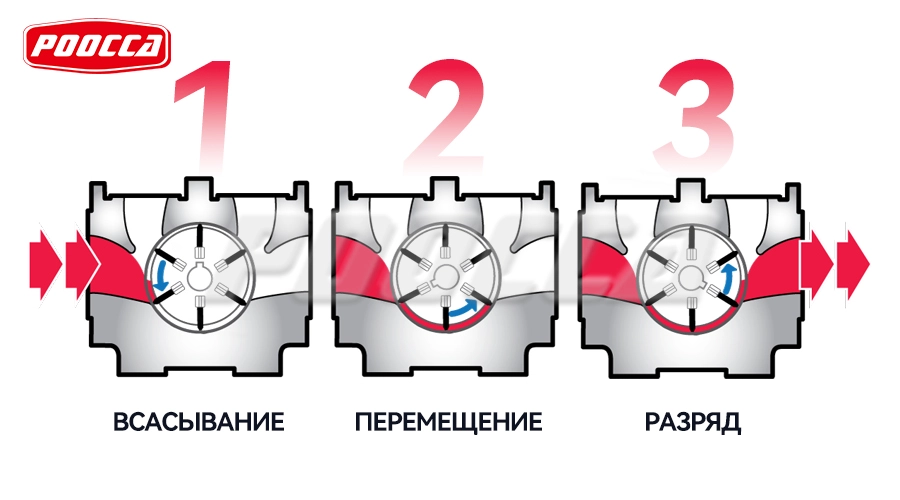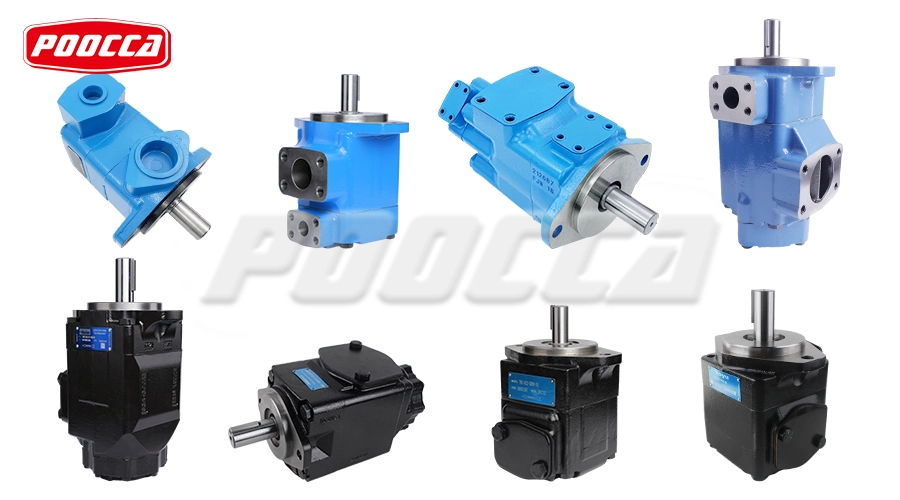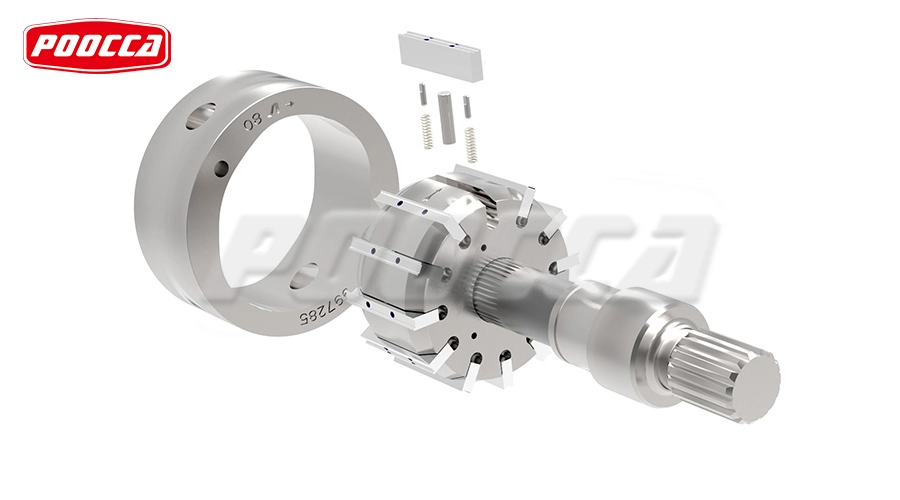Understanding Vane Pumps
Basics of Vane Pumps
Vane pumps are positive displacement pumps that utilize rotating vanes to move fluids from the pump’s inlet to its outlet. This type of pump consists of a rotor, housing, vanes, and other essential mechanical components. The rotor spins inside the housing, and the vanes slide in and out of the rotor slots as they rotate, creating chambers that carry the fluid through the pump. This mechanical design ensures efficient and smooth fluid flow, making vane pumps valuable in various industrial applications.
POOCCA Hydraulic (Shenzhen) Co., Ltd. was established in 1997 and has four companies in Hong Kong, Guangdong, Jiangsu and Zhejiang. We are a comprehensive hydraulic service company specializing in the research and development, manufacturing, maintenance and sales of hydraulic pumps, motors, valves and related parts. With extensive experience in providing power transmission and drive solutions to hydraulic system users around the world, we have a strong reputation in the industry.
Importance and Applications of Vane Pumps
Vane pumps are highly regarded for their efficiency, reliability, and ability to handle a wide range of fluids. These characteristics make them suitable for numerous applications, including hydraulic systems, automotive transmissions, refrigeration units, and fuel transport systems. In hydraulic systems, for example, vane pumps maintain consistent pressure levels, ensuring the efficient operation of machinery. Their adaptability to different fluids and operating conditions plays a critical role in industries where precise fluid control is paramount.
Materials Used in Rotor and Vane Manufacturing
Common Materials for Rotors
The durability and performance of vane pumps heavily depend on the materials used in their rotors. Common materials include cast iron, steel, and various alloys. Cast iron, known for its excellent wear resistance and cost-effectiveness, is frequently used in industrial applications. Steel, especially stainless steel, offers superior strength and corrosion resistance, making it ideal for harsh environments. High-performance alloys, such as those containing nickel or chrome, are employed in specialized applications where extreme durability and resistance to chemical attacks are required.
Common Materials for Vanes
Vane materials must withstand constant friction and wear while maintaining structural integrity. Common vane materials include carbon graphite, polymer composites, and metallic alloys. Carbon graphite vanes are favored for their low friction, self-lubricating properties, and high temperature resistance. Polymer composites provide a balance between wear resistance and flexibility, making them suitable for various applications. Metallic alloys, such as tool steel or carbide, offer exceptional durability and are used in high-stress environments where extreme wear and impact resistance are necessary.
Comparative Analysis of Different Materials
Selecting the right materials for rotors and vanes involves a comparative analysis of their properties. Cast iron and steel are preferred for their cost-effectiveness and strength, but they may require frequent maintenance in corrosive environments. Carbon graphite and polymer composites offer excellent wear resistance and self-lubricating properties, reducing the need for lubrication and extending the vane pump’s lifespan. High-performance alloys, although more expensive, provide unmatched durability and resistance to extreme conditions. The choice ultimately depends on the specific operational requirements and cost constraints of the application.
Factors Influencing Material Selection
Load-Bearing Requirements
The load-bearing capacity of the rotor and vane materials is a critical factor in their selection. Materials must withstand the mechanical stresses and pressures exerted during pump operation without deforming or failing. For high-load applications, materials like stainless steel or high-performance alloys are often chosen for their superior strength and durability. In less demanding scenarios, cost-effective options like cast iron or carbon graphite may suffice, offering a balance between performance and affordability.
Abrasion and Wear Resistance
Abrasion and wear resistance are paramount to ensuring the longevity and reliability of vane pumps. Continuous friction between the vanes and the pump housing can lead to material degradation over time. Materials such as carbon graphite and polymer composites excel in minimizing wear due to their self-lubricating properties. High-performance alloy metals are also resistant to wear, making them suitable for demanding applications where prolonged exposure to harsh operating conditions is expected. Ensuring high abrasion and wear resistance helps in reducing downtime and maintenance costs, thereby boosting the pump’s overall efficiency.
Corrosion Resistance
Effects on Longevity and Maintenance
Corrosion can substantially affect the longevity and maintenance requirements of vane pumps. When pump materials are exposed to corrosive fluids or environments, they can deteriorate rapidly, leading to frequent repairs or replacements. This not only interrupts operations but also increases maintenance costs. Materials with high corrosion resistance, such as stainless steel and certain high-performance alloys, are less prone to these effects, thereby extending the service life of the pump and reducing the need for constant maintenance.
Suitable Anti-Corrosion Treatments
In addition to selecting inherently corrosion-resistant materials, various anti-corrosion treatments can further enhance a material’s durability. Surface coatings like plating with nickel or chrome can provide an extra layer of protection. Alternatively, polymer coatings and chemical treatments can be employed to shield the pump components from corrosive agents. These additional treatments can be particularly beneficial in environments where the pump is subjected to aggressive chemicals or saline conditions, ensuring long-term operational reliability.
Performance Evaluation Metrics
Efficiency Parameters
Efficiency is a key performance indicator for vane pumps, influencing both energy consumption and operational costs. Efficiency parameters typically include volumetric efficiency, mechanical efficiency, and overall pump efficiency. Volumetric efficiency measures how well the pump maintains its flow rate against system backpressure. Mechanical efficiency assesses the energy losses due to friction and other mechanical factors. High-performing materials in rotors and vanes can boost these efficiency parameters by minimizing wear and ensuring smoother mechanical operation, consequently lowering energy consumption and operational costs.
Reliability and Durability Assessments
Reliability and durability are essential when evaluating pump performance, especially in critical applications where downtime can be costly. Materials that exhibit high wear resistance, corrosion resistance, and mechanical strength contribute significantly to the pump’s reliability. Durability assessments often involve accelerated life testing and stress analysis to identify potential failure points. Utilizing robust materials for rotors and vanes minimizes the risk of unexpected failures and extends the reliable operational life of the pump.
Noise Reduction Capabilities
Noise levels are an important performance metric, particularly in environments where noise pollution is a concern. Material selection plays a pivotal role in minimizing operational noise. Materials like carbon graphite and certain polymer composites can reduce the noise generated during pump operation due to their damping properties. Additionally, advanced manufacturing techniques can precisely shape the rotor and vanes to optimize fluid dynamics within the pump, further reducing noise. A quieter pump is not only more pleasant to work around but can also be indicative of smoother, more efficient operation.
Case Studies on Material Performance
Real-World Applications and Results
Real-world case studies provide invaluable insights into the performance of various materials in vane pumps. For example, automotive manufacturers have reported significant improvements in pump longevity and efficiency by switching from traditional cast iron to advanced polymer composites for vanes. Similarly, in the chemical processing industry, the adoption of stainless steel rotors has notably decreased maintenance frequency and costs due to enhanced corrosion resistance. Such case studies highlight the tangible benefits of selecting the right materials, demonstrating how the theoretical advantages translate into practical improvements in various industrial applications.
Future Trends in Rotor and Vane Material Development
Innovations in Material Science
Ongoing research in material science is continually unveiling new possibilities for vane pump materials. Innovations include the development of hybrid materials that combine the best properties of metals, polymers, and ceramics. For instance, metal-ceramic composites offer enhanced wear resistance while maintaining the toughness of metals. Additionally, advancements in nanotechnology are leading to the creation of materials with superior friction-reducing properties, potentially revolutionizing vane pump design and efficiency.
Emerging Technologies and Their Impact on Vane Pump Efficiency
Emerging technologies such as additive manufacturing (3D printing) and AI-driven material design are set to impact rotor and vane production significantly. Additive manufacturing allows for the fabrication of complex geometries that are not possible with traditional manufacturing methods, potentially enhancing fluid dynamics within the pump. AI-driven material design uses advanced algorithms to predict the performance of new material compositions, accelerating the development of next-generation pump components. These technologies promise to deliver vane pumps that are more efficient, durable, and adaptable to a wider range of applications.
By understanding the critical factors influencing material selection and performance in vane pumps, industries can make informed decisions that enhance durability, efficiency, and reliability. Continuous advancements in material science and technology hold the promise of even greater improvements in the near future, ensuring that vane pumps remain an indispensable component in various industrial processes.
At POOCCA, our strength is our dedicated team of over 300 professionals. Within this highly skilled workforce, we have a dynamic team of 70 sales professionals who possess vast experience and in-depth knowledge of our industry. Their expertise is crucial in providing tailor-made solutions and exceptional services to our valued clients.

